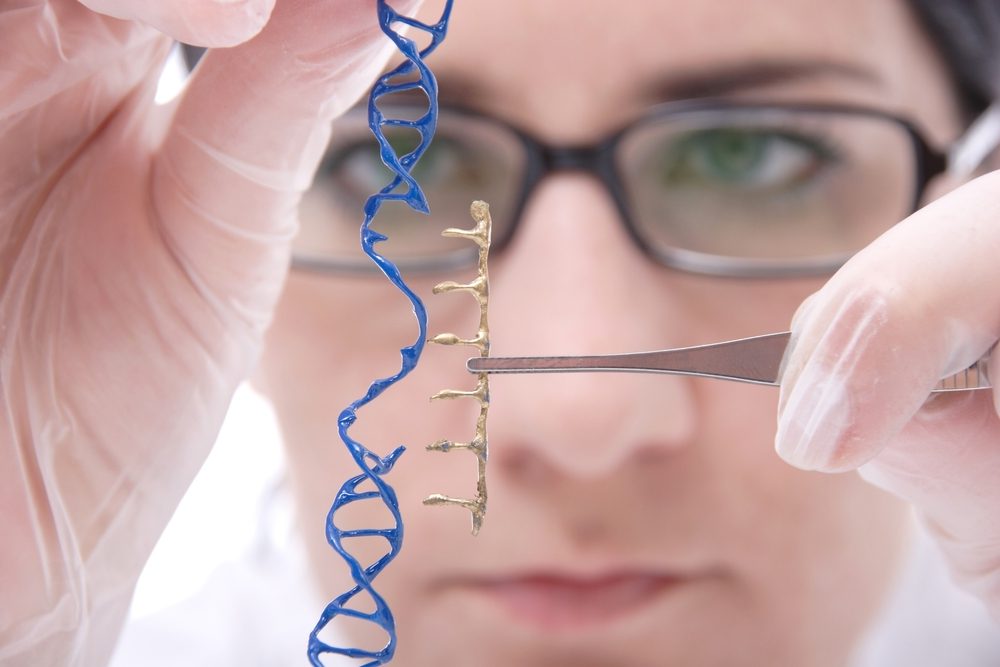LentiGlobin Shows Positive Effects in Severe Sickle Cell Disease Patients, Phase 1/2 Data Reports
Written by |

Bluebird bio presented new positive results from the ongoing Phase 1/2 HGB-206 clinical trial evaluating the effectiveness and safety of investigational gene therapy LentiGlobin in patients with severe sickle cell anemia.
The company had previously revealed findings from the trial at the end of last year and earlier this year. The new results reflect data collected through Sept. 14.
Results were introduced at the recent 60th Annual Meeting of the American Society of Hematology in San Diego, under the abstract name “Current Results of LentiGlobin Gene Therapy in Patients with Severe Sickle Cell Disease Treated Under Refined Protocol.”
“LentiGlobin gene therapy is designed to address the underlying genetic cause of beta-thalassemia and sickle cell disease. The longer-term data emerging from our clinical trials show that most treated patients are producing sufficient amounts of engineered HbAT87Q to achieve and maintain a therapeutic benefit,” David Davidson MD, chief medical officer of bluebird bio, said in a press release.
LentiGlobin is a gene therapy developed to increase the long-term hemoglobin levels of patients with different anemia-related diseases. Hemoglobin is the molecule that transports oxygen in red blood cells.
In the HGB-206 trial (NCT02140554), researchers extracted stem cells from patients with severe sickle cell anemia and injected the cells with LentiGlobin BB305 viral vector, which carries the modified human beta-A-T87Q globin gene. The cells were then implanted back into the patients where they started to produce the hemoglobin (HbAT87Q).
The trial evaluated three groups (A-C). Patients in group A were treated following the original protocol. Patients in groups B and C received an enhanced protocol.
In groups A and B, the stem cells were extracted from the bone marrow, and in group C, they were extracted from the blood.
The reported results correspond to seven patients of group A with up to 39 months of follow-up, and two patients from group B, with up to 17 months of follow-up.
The levels of HbAT87Q in patients from group A ranged from 0.7 to 2.8 g/dL, and the levels of total hemoglobin ranged from 7.6 to 11.8 g/dL.
The hemoglobin levels of patients from group B were higher than those of group A, with HbAT87Q levels ranging from 3.4 to 6.5 g/dL and total hemoglobin levels ranging from 11.0 to 12.3 g/dL.
Overall, the patients had fewer vaso-occlusive crises.
“In patients with sickle cell disease who underwent autologous transplant with LentiGlobin, gene therapy-derived HbAT87Q levels have remained stable and we saw decreased rates of vaso-occlusive events with up to three years of follow-up,” said Julie Kanter, MD, from the Medical University of South Carolina in Charleston.
“These results indicate that even moderate amounts of HbAT87Q seem to benefit affected patients. We will continue following all treated individuals long term, to assess the potential relationship between HbAT87Q levels and improved clinical outcomes including vaso-occlusive events,” she added.
The safety data was in line with underlying disease symptoms and myeloablative conditioning, a procedure done to prepare patients for a stem cell transplant. One patient developed myelodysplasia syndrome (impaired blood cell formation), but researchers don’t believe it was related to the gene therapy. There were no adverse events related to virus injection.
Bluebird also presented positive results of the completed Phase 1/2 Northstar (HGB-204) trial (NCT01745120) that studied the efficacy and safety of LentiGlobin in patients with beta-thalassemia.





